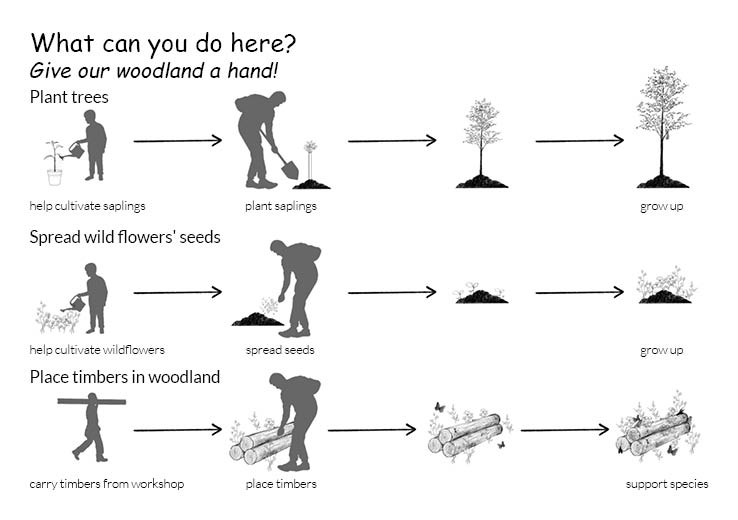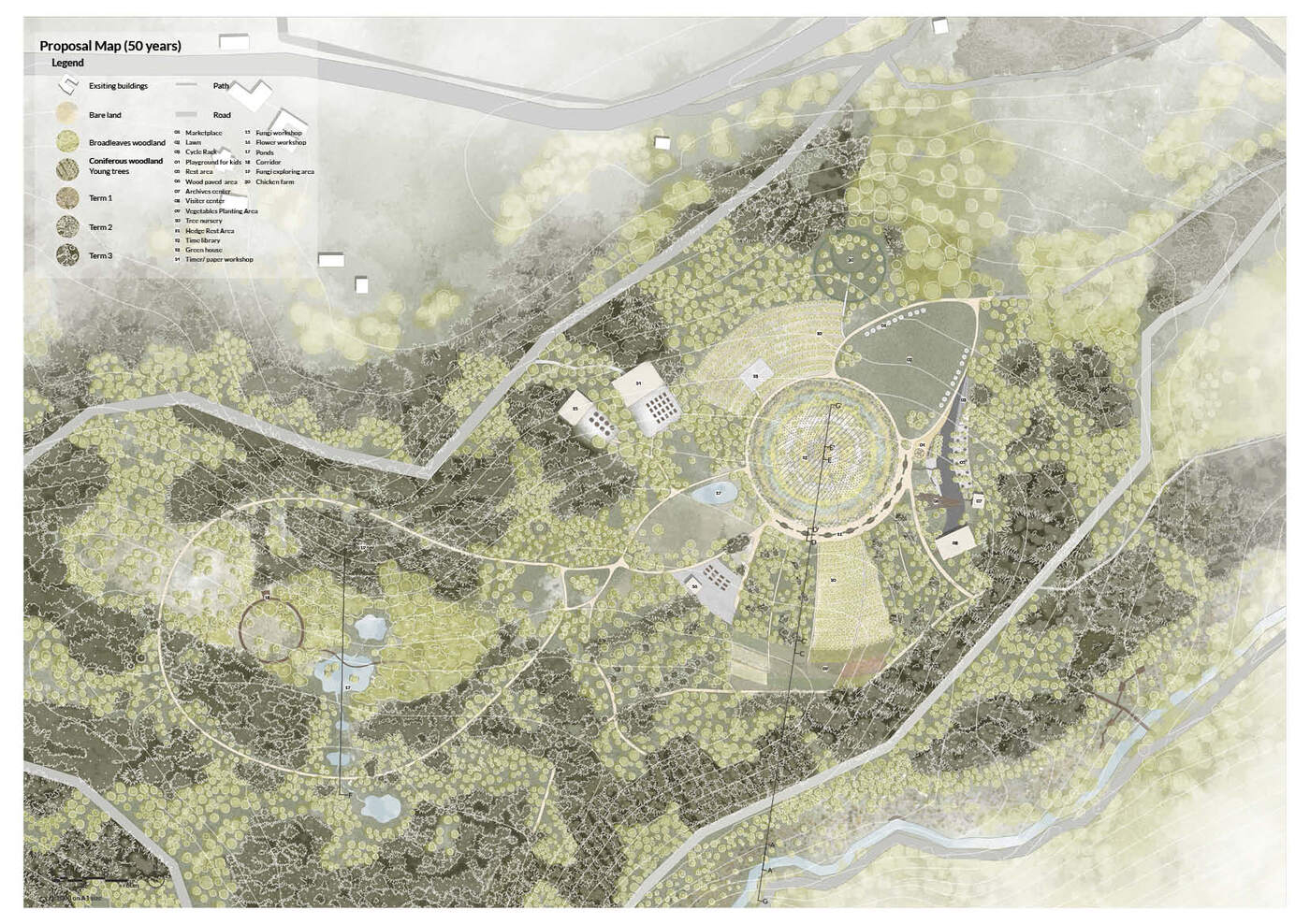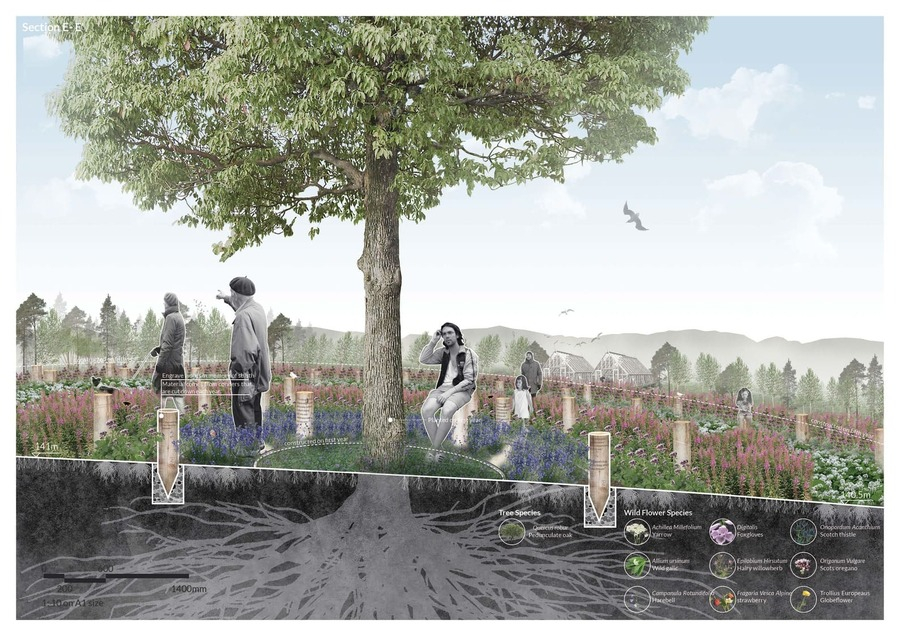Design Context
The project's site is located near Dunkeld & Birnam, a small town in central Scotland. In terms of the wider spatial context, the site is located near the Highland Boundary.
The dominant site type on my chosen site is woodland, with plantation covering a much larger area than the broadleaf forests on the site.
However, plantations can lead to loss of biodiversity, poor soils, acidified water and a lifeless landscape for the whole natural system. Besides, the emergence of plantation disrupts systems and bonds of species-to-species communication and also lead to imbalances in ecosystems and unequal human-non-human relationships. However, the water, soil and living world interact are quite critical to the Earth.
The UK climate may also face a wetter and windier scenario in the future, with plantation species often taller and have smaller canopies, which may struggle to cope with future weather extremes.
Residents living near the site rarely use the dense, dark coniferous plantation which are on the hillside. Many residents choose to walk through the broadleaf woodland in the mountains or walk their dogs, while backpackers and mountain bikers who usually come here to explore also prefer to use the broadleaf forest.






























